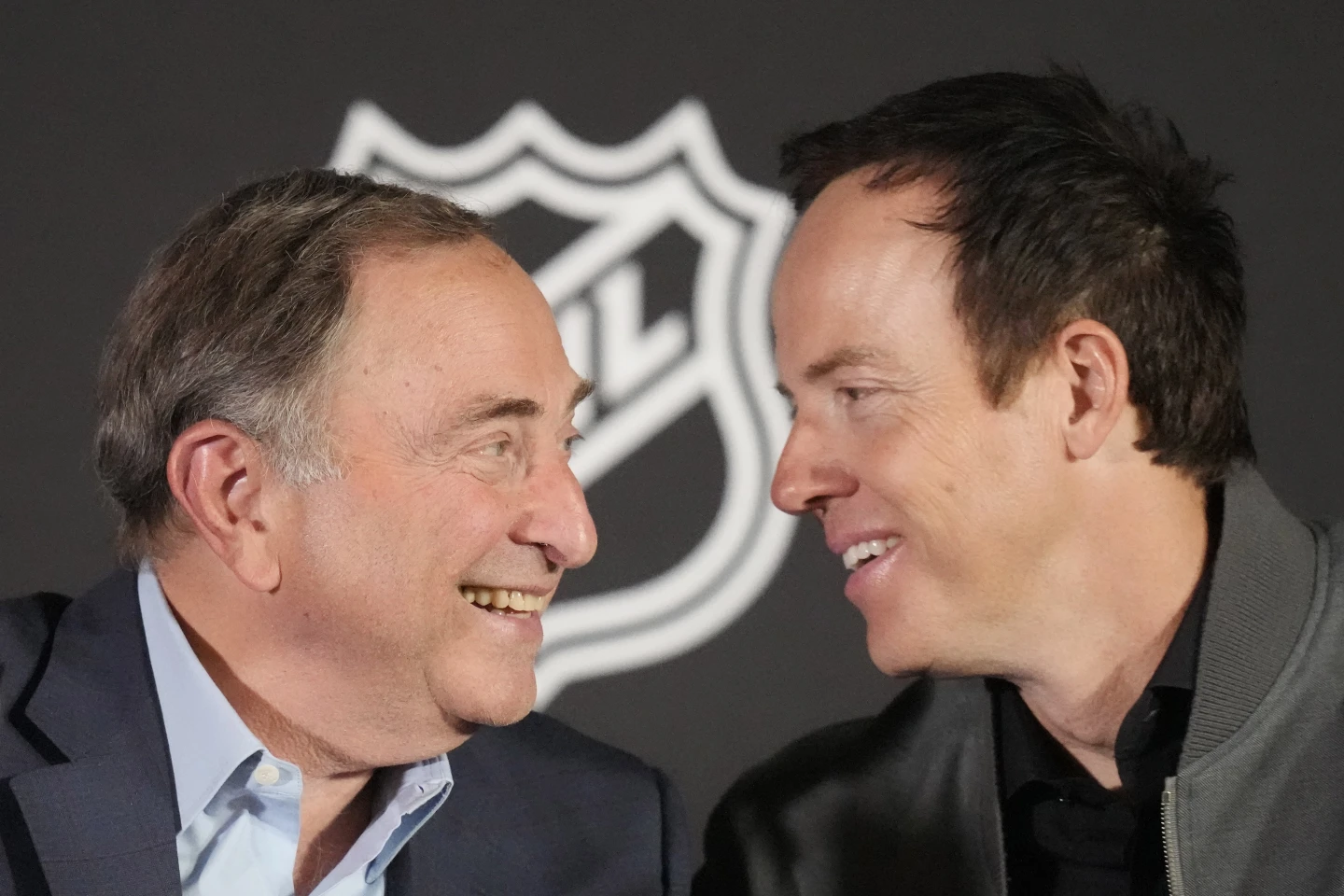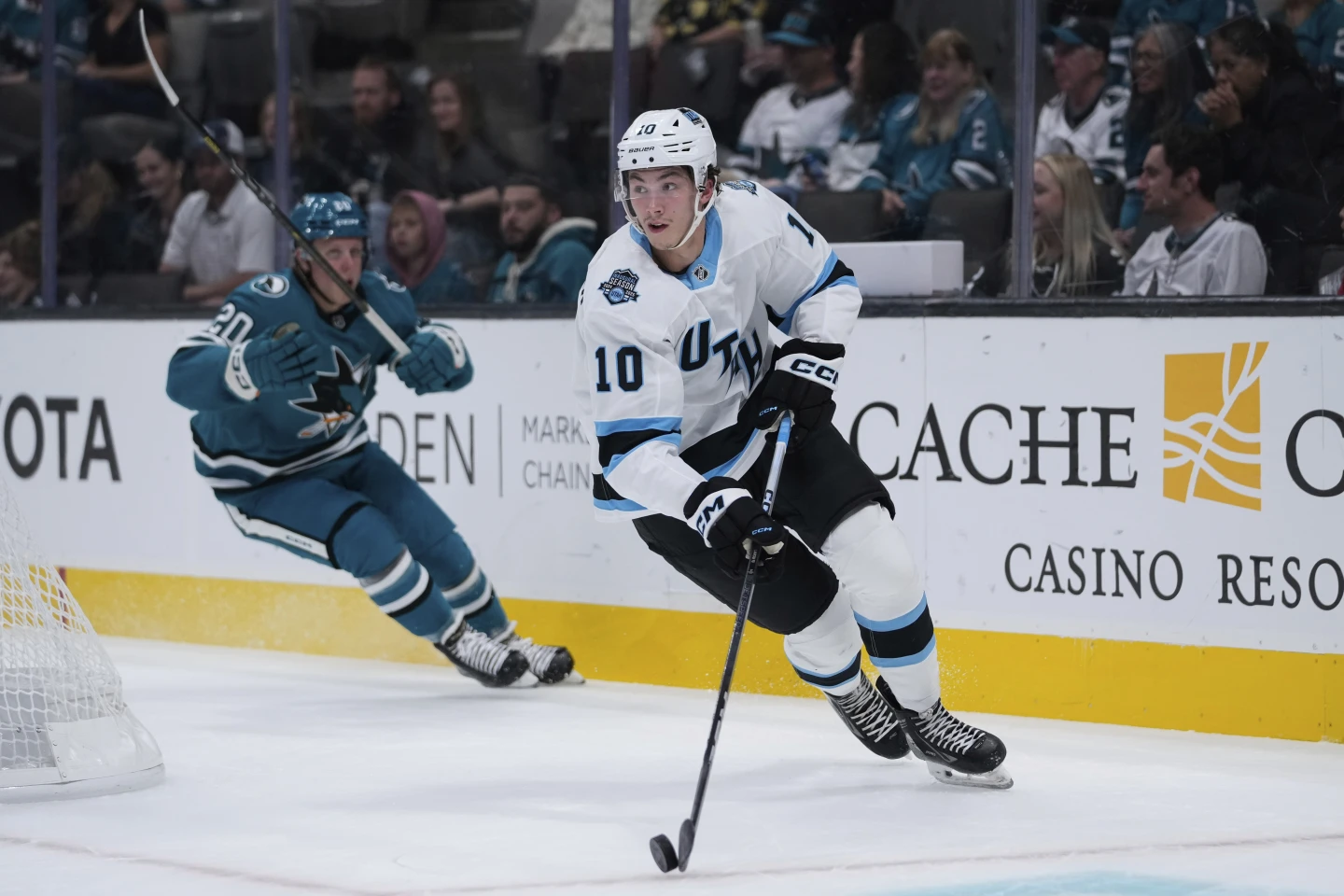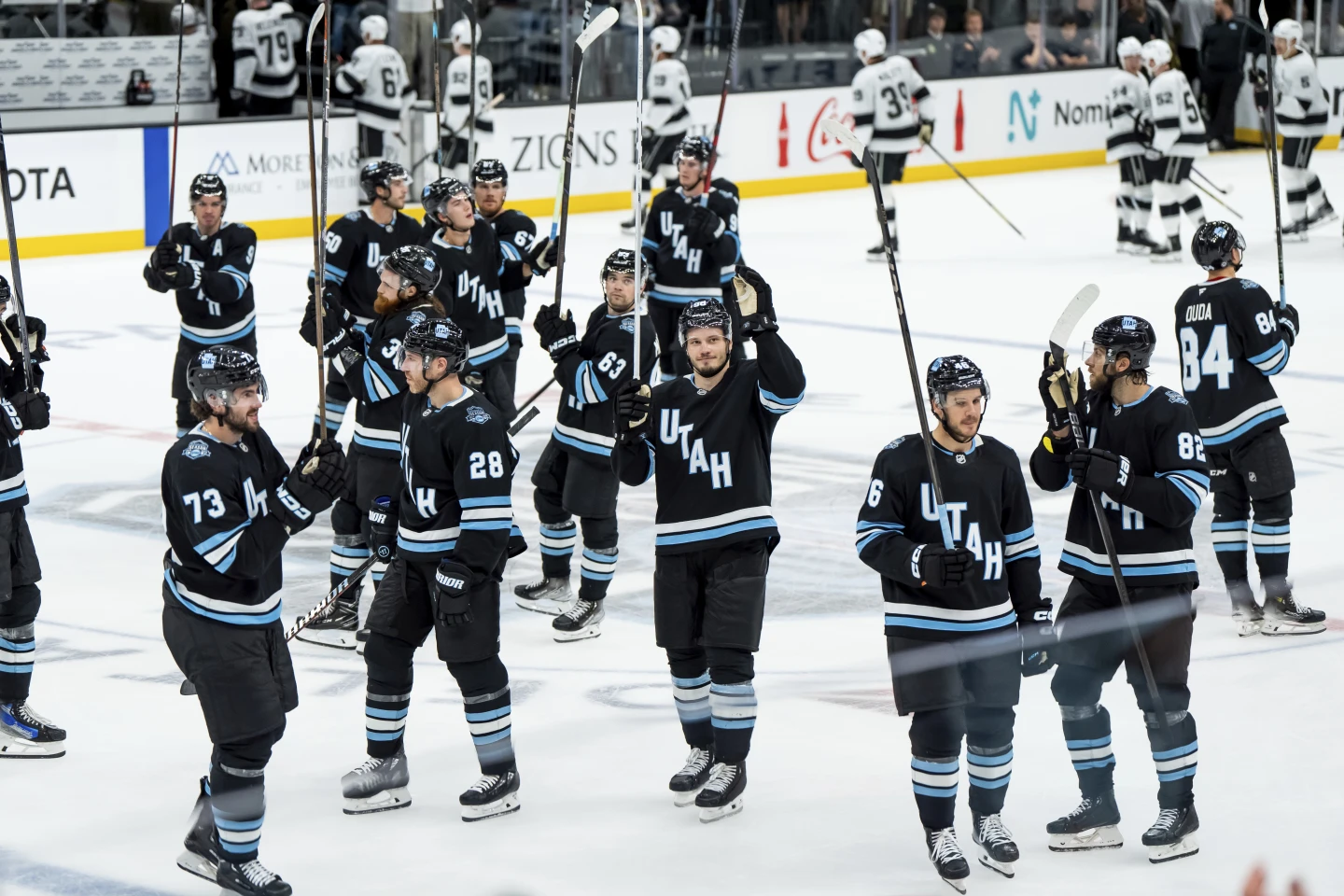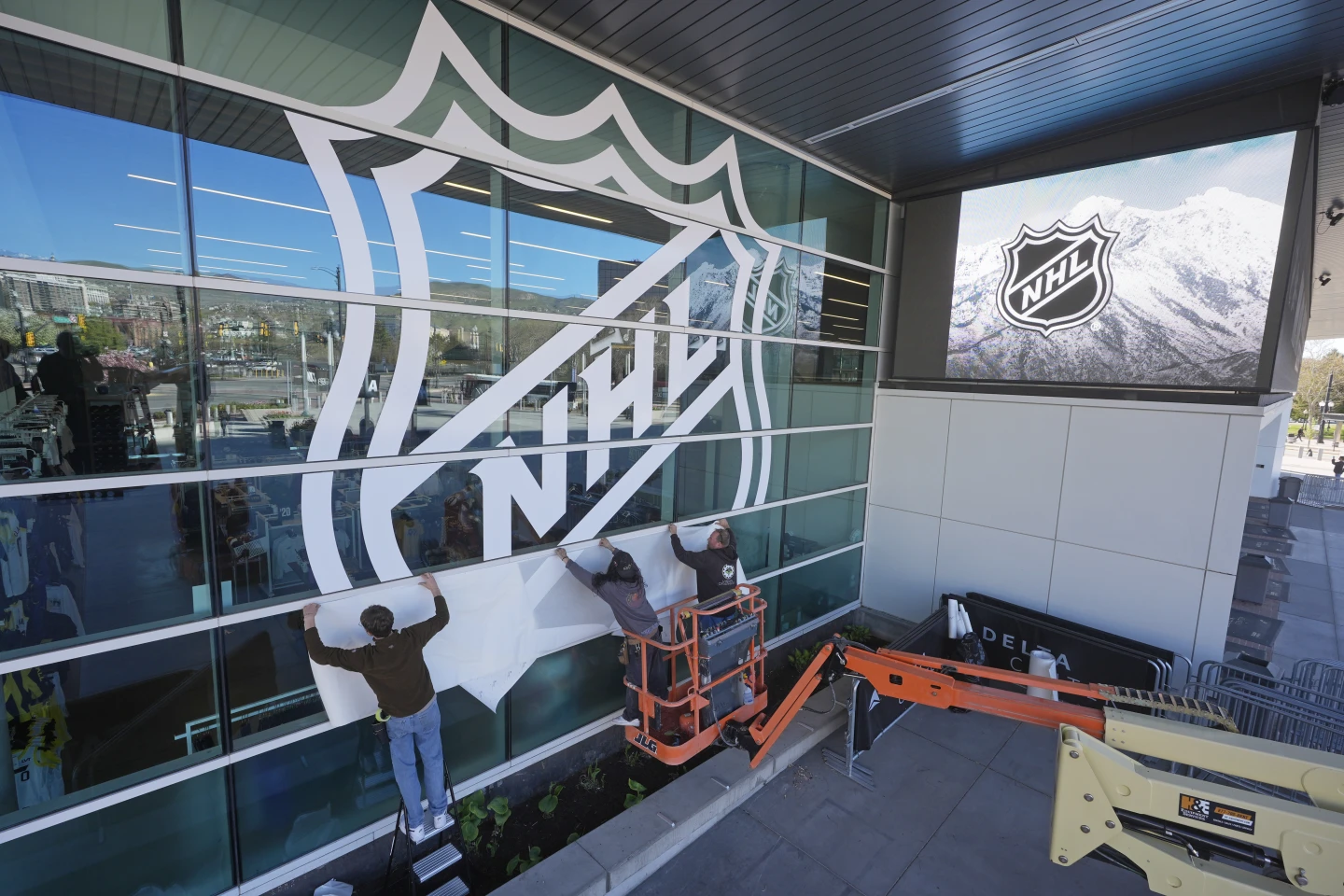The Utah Jazz didn’t just find their place in Salt Lake City; they became a key part of the community. Even after the era of Stockton and Malone ended and the team began rebuilding, they continued to attract sellout crowds, despite missing the playoffs for several years.
Now, it seems there is space for more than one major sports team in the area. The team that used to be the Arizona Coyotes has created a lot of excitement, with over 34,000 season-ticket deposits made within the first 48 hours of availability.
Only 8% of those who deposited for the Utah Hockey Club were also Jazz season ticket holders, indicating a new fan base for Ryan and Ashley Smith, who own both teams.
“We quickly became very optimistic about the community’s interest,” said Chris Barney, president of revenue and commercial strategy for Smith Entertainment Group.
“An interesting fact is that 63% of these people hadn’t attended any arena events in the past year. In sports, you rarely get a chance to attract a new audience like this.”

The Jazz, which moved to Salt Lake in 1979 after five years in New Orleans, has nurtured future fans through programs like Junior Jazz, the largest youth basketball program in the nation. Barney hopes to create a similar legacy in hockey.
The Utah Hockey Club aims to support existing youth programs rather than dictate their direction. The Utah Outliers junior team has won championships for the last three years and plans to expand its program for ages 17 to 20 with younger teams in a new 2,000-seat facility in Park City, Utah.
Paul Taylor, the Outliers’ general manager and coach, believes that having an NHL team nearby will spark more interest in hockey among young players.
“I think once the team starts, you’ll see a lot of excitement, and kids will start choosing hockey over basketball, soccer, or football,” Taylor said. “It helps them dream when the best players in the world come to your area and become part of your community.”
Besides building a young fan base, there’s also the job of helping those who haven’t watched much hockey, if at all, but are interested.
There may also be people who have a slight interest in the sport, having seen a few games on TV, but who don’t really understand the differences between icing and offside.
“But we also know there are hockey fans here,” said Travis Henderson, senior vice president for broadcasting for the UHC and Jazz. “So it’s about finding the right balance of teaching the game while still respecting the knowledge of the fans who have been watching for a long time. It’s a tricky balance, but we’re aware of it.”

Utah games will be shown on TV and available through a streaming service that will also include behind-the-scenes content. There are different streaming packages, including one that combines the UHC and Jazz.
The Utah Hockey Club is the exciting new addition, and the metropolitan area, with over 1.2 million people, has already shown a lot of enthusiasm for a team that played in a 5,000-seat arena at Arizona State University for the past two years.
“I think the response has been as good as anyone could hope for,” said Patrick Kinahan, a longtime Salt Lake sports talk radio co-host. “This town is ready to become a major sports city, and hockey is getting them closer to that. I went to the first preseason game just to check it out.
“It felt like it was a late-season Jazz game with the excitement of the team heading to the playoffs.” Utah has a young team led by Clayton Keller, and they improved their defense by trading for Mikhail Sergachev during the offseason.
General manager Bill Armstrong has mostly focused on building the team through the draft and is cautious about predicting if they can compete for the playoffs this year.

He prefers to take things one day at a time as Utah gets ready to open its season on October 8 at home against the Chicago Blackhawks.
“We are probably still the second- or third-youngest team in the National Hockey League,” Armstrong said. “That’s part of the rebuild. Some nights, you’re going to look amazing and win 9-0, and other nights, you’re not going to do that.”
There is a lot of competition for sports fans’ attention in the area besides the NHL and NBA teams. BYU and Utah are strong college teams with dedicated fans. Real Salt Lake, the MLS team, averages more than 20,000 fans.
How long the excitement lasts for the NHL team is uncertain.
“I don’t really ever put a time stamp on it,” Barney said. “We’re in the middle of a 292-game sellout streak for the Jazz and we haven’t made the playoffs two years in a row.
If you would have been at our last regular-season game against the Rockets this past season, you would have thought, ‘Are these guys both chasing a playoff spot for home-court advantage?’ Our fans are just incredible.”
But he also recognized that the team’s success can influence how fans enjoy the experience.
“There is something and our data shows this,” Barney said. “Hot dogs are warmer and drinks are colder when we win.”
